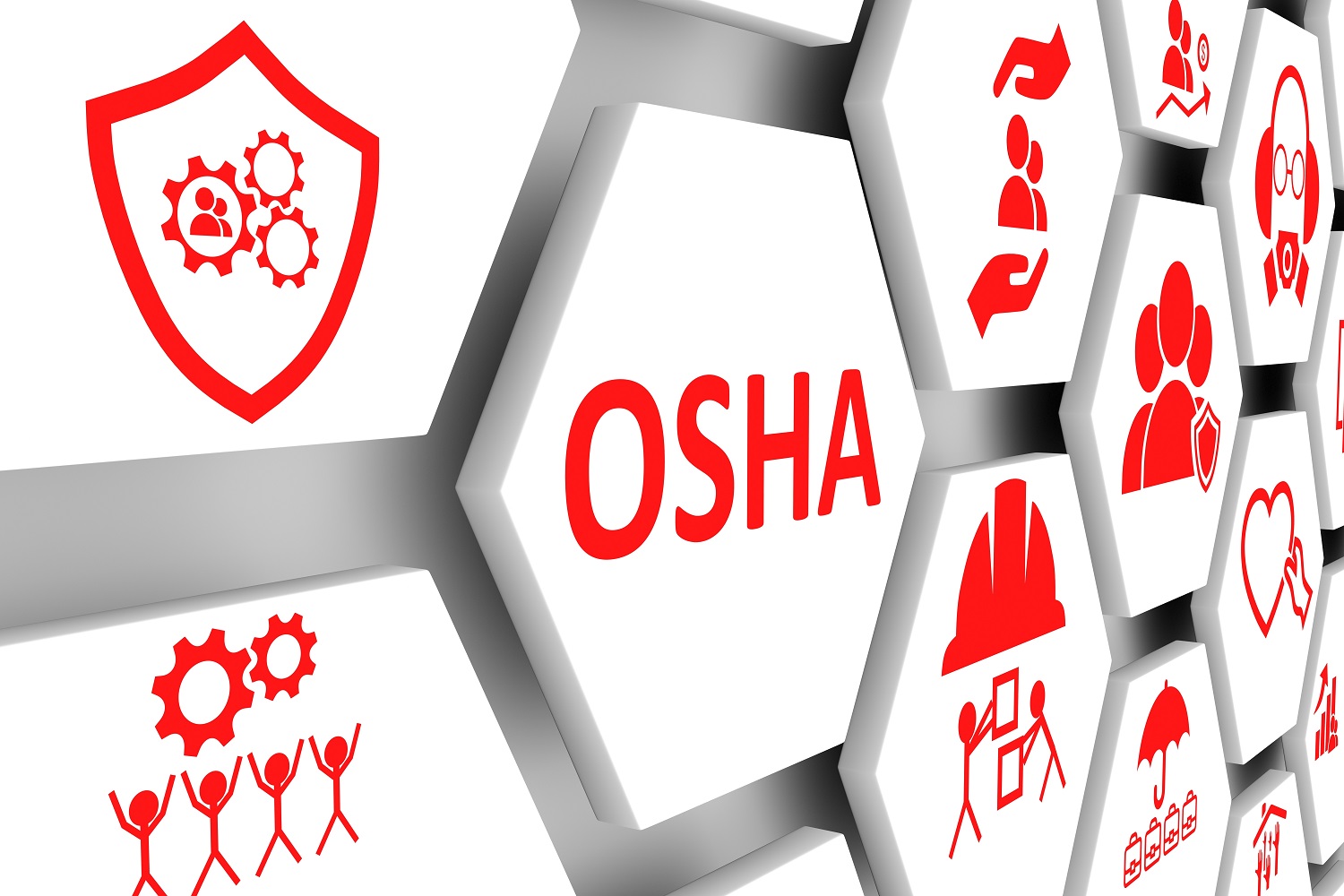In the heart of the manufacturing industry, where there are constant moving parts, the safety of manufacturing employees is paramount.
Yet, this bustling environment is packed with potential hazards that can compromise the well-being of workers. Recognizing and reducing these hazards in manufacturing is not just a regulatory requirement; its a moral responsibility of manufacturing companies to ensure that each employee can work safely and return home without harm.
This article has a look into the critical safety hazards within manufacturing facilities, providing insights and solutions to create a safer manufacturing environment.
1. Machine Guarding Hazards
Machine guarding is an essential safeguard in the manufacturing setting, designed to protect workers from serious injury caused by direct contact with operating machinery.
Despite the clear risk, inadequate machine guards remain a common hazard. Ensuring that all machinery is properly installed with appropriate guards and that these are regularly inspected can significantly reduce the risks, adhering to industry standards for safety.
2. Chemical Exposures
The manufacturing process often involves hazardous chemicals, presenting significant health hazards to employees.
By implementing stringent storage and handling procedures and ensuring the use of personal protective equipment (PPE), manufacturing facilities can minimize the risks associated with chemical hazards. Such measures are crucial components of a comprehensive occupational safety strategy.
3. Respiratory Hazards
Dust, fumes, and vapors in the manufacturing environment pose serious respiratory health hazards.
Proper ventilation systems and the use of respirators where necessary are key to protecting workers from these common safety hazards, reflecting a commitment to employee health and safety regulations.
4. Electrical Hazards
Electrical hazards, including poorly maintained power sources and exposed wiring, can result in severe injury or even death.
Regular electrical safety audits and strict adherence to lockout/tagout procedures during maintenance activities ensure a safe environment for manufacturing employees, safeguarding against the dangers of electrical equipment and tools.
5. Noise-Induced Hearing Loss
Exposure to high noise levels in manufacturing facilities can lead to permanent hearing loss, a preventable workplace injury with the right safety measures, such as employing noise control strategies and providing hearing protection, manufacturing companies can protect their workers from this health hazard.
6. Ergonomic Hazards
Repetitive tasks and poor maintenance of workstations can cause injury among manufacturing employees.
Improving workplace ergonomics through ergonomic risk assessments and adjustments to workstations and tasks are vital safety procedures to reduce these occupational hazards.
7. Slips, Trips, and Falls
Manufacturing facilities must manage the risk of slips, trips, and falls by keeping work areas clean and ensuring adequate lighting and anti-slip flooring.
These are fundamental safety measures to prevent workplace injuries in environments where flammable substances and hazardous materials are handled.
Any incident should be reported ASAP. Check out how our EHS Incident Reporting Software streamlines this process for your company.
8. Forklift and Vehicle Accidents
The operation of forklifts and other vehicles within manufacturing settings poses risks of collisions.
Strict traffic management plans and proper training for all operators can mitigate these risks, emphasizing the importance of safety procedures in preventing workplace injury.
9. Fire and Explosions
Flammable substances and hazardous materials in manufacturing can create significant fire and explosion hazards.
Comprehensive fire safety measures, including proper storage and handling procedures, are critical to protect workers from severe injury and maintain a safe manufacturing environment.
10. Lockout/Tagout (LOTO) Failures
Improperly executed lockout/tagout procedures during maintenance of electrical equipment and machinery can lead to unexpected startups.
A robust LOTO program, coupled with regular employee training, is essential to prevent severe injury or death in the manufacturing sector.
Have a look at our secure LOTO Software so you can protect your employees.
Conclusion
Safety in the manufacturing sector must be a top priority, with ongoing efforts to identify and mitigate workplace hazards.
Employers can create safer work environments by understanding the common safety hazards in manufacturing settings and implementing the recommended safety measures and procedures.
This commitment to health and safety helps ensure that manufacturing employees are protected, fostering a culture of safety that benefits everyone involved.

